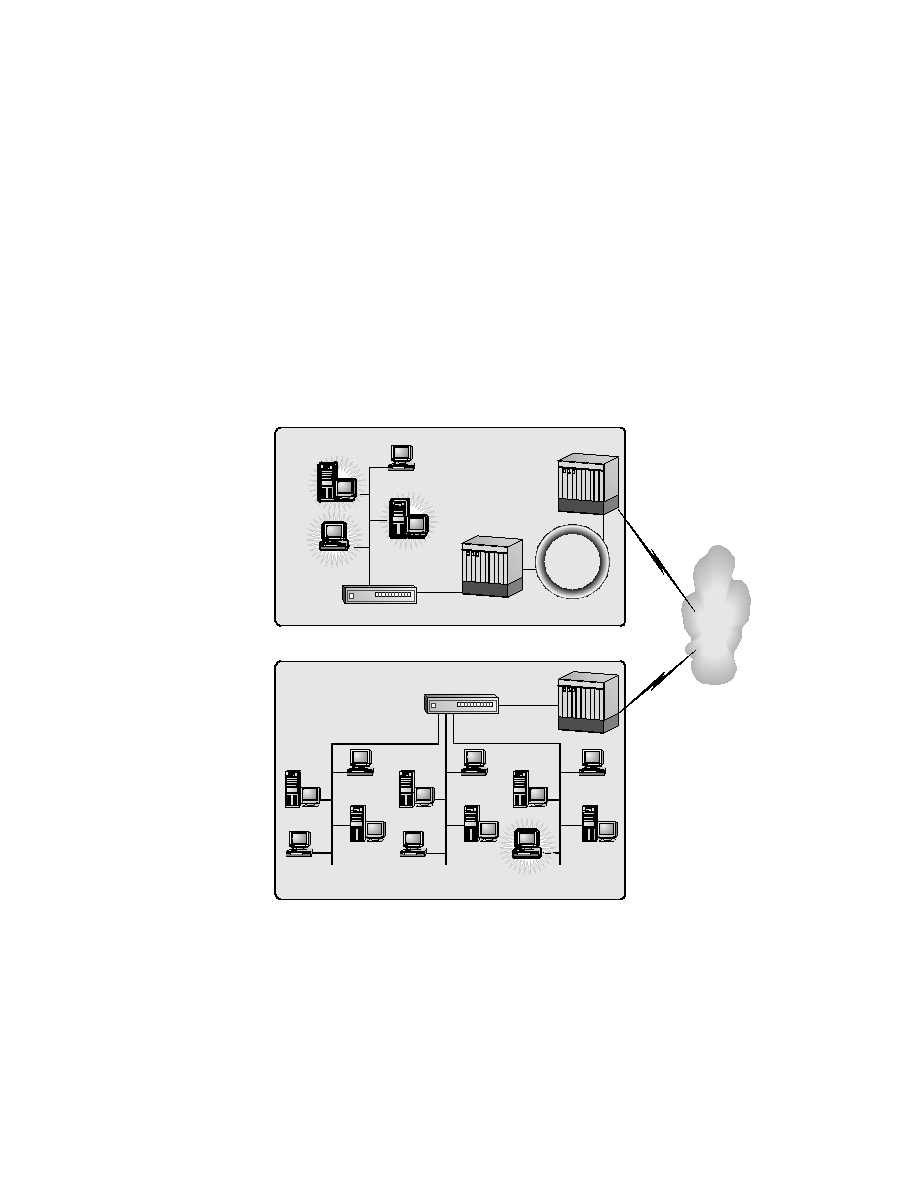
10
Chapter 1
Troubleshooting Methodology
Determine the Scope of a Problem
Next, you need to find out whether anyone else is unable to FTP to Host Z.
If others can FTP to Host Z (for the sake of this example, assume that they
can), you can be pretty sure that the problem is specific to the user, either
on their station or on the destination box. This step is determining the scope
of the problem and helps to differentiate between a user-specific problem
and a more widely spread problem. Figure 1.5 shows that other hosts
can FTP to Host Z without any problems.
F I G U R E 1 . 5
Other hosts can FTP to Host Z
Now that you have the problem narrowed down to a single user, you need
to define the
boundary of dysfunctionality
. The boundary of dysfunctional-
ity is the limit or scope of the network problem. A distinction can be made
between where nodes are functioning properly and where they are not. To
define this boundary in this example, you need to know whether the user can
successfully FTP anywhere.
Campus A
Frame
relay
cloud
Campus B
Host C
FDDI
ring
Host B
Host A
Host F
Host G
Host E
Host H
Host J
Host K
Host I
Host L
Host X
Host Y
Host W
Host Z
Host D
VLAN 1
VLAN 1
VLAN 3
VLAN 2
1. No FTP between
Host A and Host Z
2. FTP works from
all other hosts on
the same segment
with Host A.
Copyright ©2000 SYBEX , Inc., Alameda, CA
www.sybex.com
